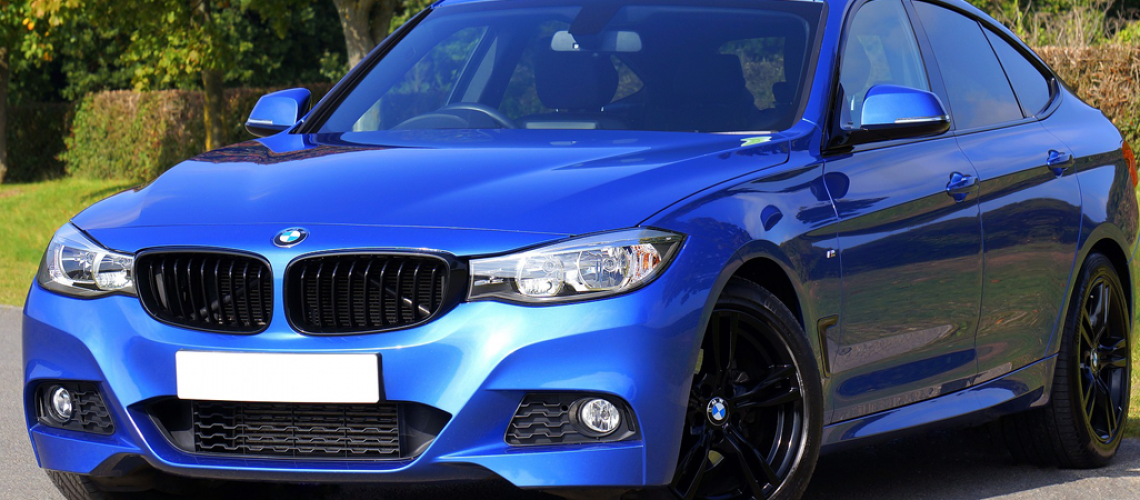Its fairly well documented, that if you crave more performance from your car then the cheapest and easiest thing to start with is weight reduction – assuming you don’t want or need the creature comforts in your car then gaining a much better weight: power ratio is very possible with some good old fashioned destruction! By destruction, I mean tearing out bits that are not totally necessary.
- Power to weight ratios are of great importance, if you’ve got a car that weighs 1000kg with 100bhp, that’s a ratio of 1000:100 (or 10:1.)
- This means every horsepower has to move 10kg.
- Therefore, if you can save 100kg in weight, that ratio becomes 9:1 and will equate to a 10-percent increase in acceleration.
- You’ll get more MPG too
All sounds a bit too good to be true….so whats involved?
- Trim – The easiest and cheapest place to start is removing everything you don’t want/need – plastic trim, seats, excess metal and removing any sound deadening, just removing the carpet can save 7-8kg for a start. Clearing out all the old tools and rubbish knocking around your boot can save more weight than you think. It’s also worth knowing that a full sized spare wheel on an older can weigh up to 20kg while a can of Tyreweld weighs next to sod all. When was the last time you got a puncture eh?
- Seats – Standard seats weigh an awful lot, consider the electrics etc too. The average car seat can weigh up to 20kg so you can look at fitting some lightweight bucket seats. Available in reinforced fibreglass, Kevlar and carbon fibre, with some weighing as little as 5kg. Leather generally weighs more than cloth too.
- Wheels – If you’re running steel wheels they can weigh anything up to 20kg each Some performance aftermarket wheels can weigh as little as 5kg per wheel. It also reduces the rotating mass hanging off your chassis which will reduce the stress on your suspension parts.
- Windows/Glass – Glass is a heavy material, with its total weight being up to 50kg and so most race cars run poly carbonate windows which can weigh up to 60-percent less, strong and pretty much shatter proof. The first production car to use this was the Smart Fourtwo in 1998. Poly carbonate windows also lower the car’s centre of gravity to improvement in handling. Windscreens, sidelights & side windows are all available and you could add vents and sliders so you can remove the electric window motors too. Also consider the sunroof, both the glass and the mechanism to open and close it weighs more than you might think.
- Chassis – Using aftermarket adjustable suspension can save around 5kg per corner, Multi-pot alloy brake calipers weigh a lot less than standard single-piston steel units and work much better too, lightweight adjustable control arms are also popular.
- Bodywork – Lightweight panels have been used in motor sport for some time now already but with advances in technology, making casts is getting easier and easier so more and more of these panels can be produced now a days, even the whole body can be custom-fabricated. Carbon fibre bonnets and tailgates, front wings, bumpers and even complete floor pans are available.
- Engine – Your standard exhaust manifold, is likely to be made from cast iron – A stainless steel tubular version will save weight AND improve the flow of air giving you more power. A Lightweight pulley set or racing steering wheel, carbon propshaft, aluminium differential or lightweight gearbox housing, all add up! Aircraft grade materials are the latest, super strong and incredibly light material available. Some even empty their washer fluid bottles and keep the fuel level to a minimum, extreme? Well think about it, 3 litres of washer water weighs 3kg while a full 40-litres of fuel weighs approximately 30kg. An expensive option – a full titanium exhaust system. Titanium is similar in strength to steel BUT weighs less than half.
- Electrics – I’m afraid you’ll have to stay well away from your big ICE install, but going completely the other way, if you are removing lots of stuff from the car then inevitably there will be a whole load of electrics that are associated with the removed parts – well the electrics can go too. You’ll want some support if you are not familiar with electrical looms in vehicles. They are notoriously messy to work with!
Normal lead-acid batteries are heavy but these can be replaced with more lightweight units, even a compact battery – if you’re not running too many other electrical systems.


